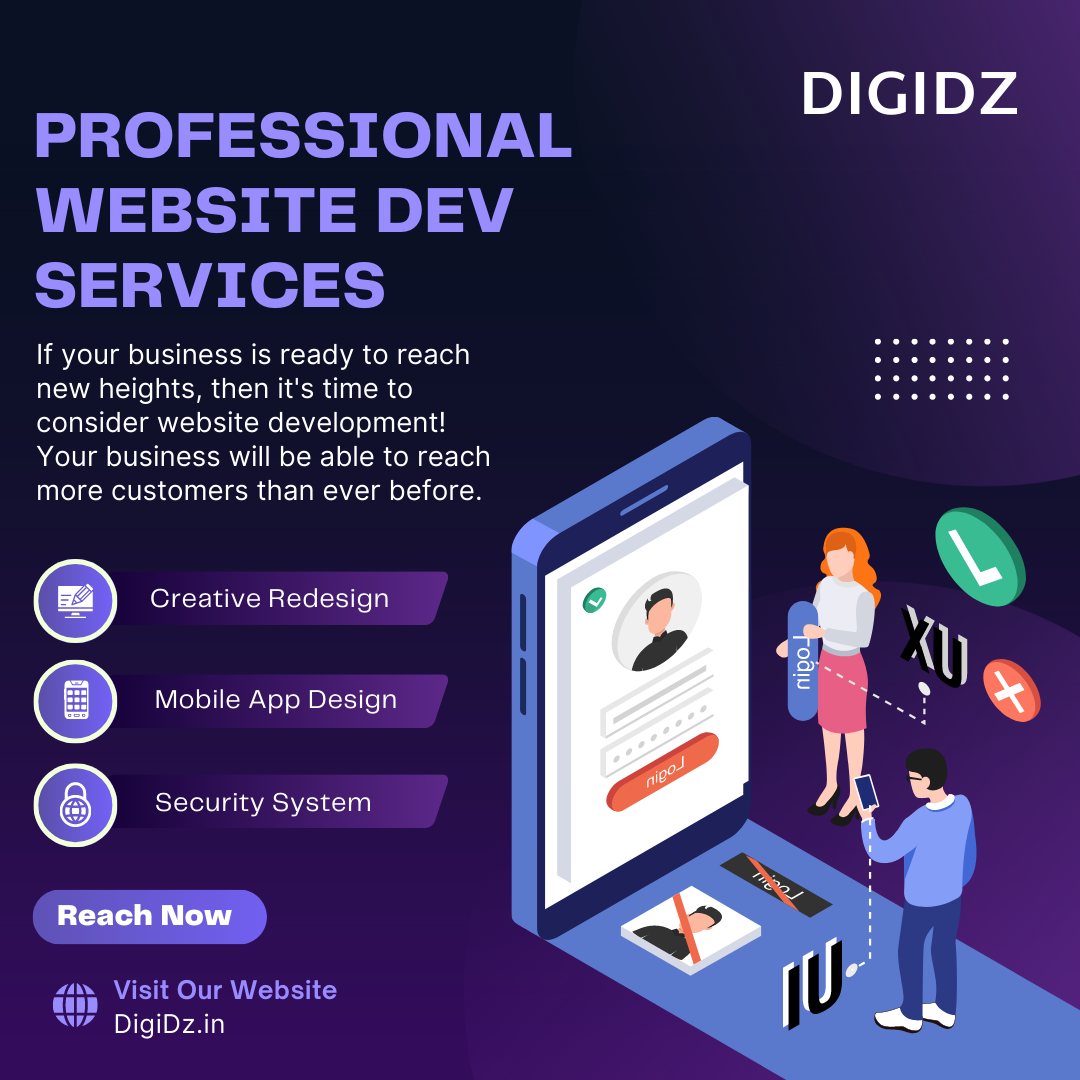In today’s digital age, where online presence plays a pivotal role in the success of businesses and organizations, having a website that not only looks visually appealing but also functions seamlessly across various devices is imperative. This is where responsive web design comes into play. Responsive web design isn’t just a buzzword; it’s a crucial aspect of modern web development that has the potential to revolutionize user experience and impact SEO rankings positively. In this article, we will delve into the intricacies of responsive web design, its benefits, and its role in boosting search engine rankings.
Understanding Responsive Web Design
Responsive web design refers to the practice of creating websites that adapt and respond to different screen sizes and orientations, ensuring optimal viewing and interaction across devices such as desktops, laptops, tablets, and smartphones. Unlike traditional static websites, responsive designs utilize flexible grids and CSS media queries to dynamically adjust the layout, content, and images based on the device’s screen dimensions. This ensures that users receive the same content and functionality, regardless of the device they are using.
The Benefits of Responsive Web Design
1. Improved User Experience
User experience (UX) is at the heart of responsive web design. A website that provides a seamless and user-friendly experience across devices enhances engagement and encourages visitors to stay longer. With responsive design, users don’t need to zoom in or scroll excessively, as the content automatically adjusts to fit their screens. This leads to lower bounce rates and higher conversion rates, which ultimately contribute to business growth.
2. Cost and Time Efficiency
Maintaining separate websites for desktop and mobile devices can be time-consuming and costly. Responsive design eliminates the need for duplicating content and managing multiple websites. A single website that adapts to various devices is easier to maintain, update, and troubleshoot, saving both time and resources in the long run.
3. Positive SEO Impact
Search engines, especially Google, prioritize user experience when determining search rankings. Responsive web design directly aligns with this principle. A mobile-friendly and responsive website provides a consistent experience for users, leading to lower bounce rates and higher engagement. As a result, search engines are more likely to rank responsive websites higher in search results.
4. Faster Loading Speeds
Page loading speed is a critical factor for both user experience and SEO. Responsive websites are optimized for various devices, leading to faster loading times and a smoother browsing experience. Fast-loading pages not only retain users but also contribute to higher search engine rankings, as loading speed is a known ranking factor.
Responsive Design and SEO
The relationship between responsive web design and SEO is symbiotic. While responsive design enhances user experience, it indirectly affects SEO rankings. As mentioned earlier, user experience is a crucial criterion for search engines. By providing a responsive website, you create an environment where users can easily navigate, access information, and interact with your content. This positive user behavior sends signals to search engines that your website is valuable and relevant, ultimately boosting your rankings.
Moreover, responsive design consolidates your website’s SEO efforts. Rather than splitting your backlinks and social shares between multiple versions of your site, responsive design allows all traffic to be directed to a single URL. This centralized approach strengthens your site’s authority, making it more likely to rank higher in search results.
Implementing Responsive Web Design
To harness the power of responsive web design and reap its SEO benefits, follow these best practices:
- Mobile-First Approach: Design your website with a mobile-first mindset, ensuring a seamless experience on smaller screens before adapting to larger devices.
- Optimize Images: Compress and optimize images to improve loading speeds across devices without compromising visual quality.
- Prioritize Readability: Use legible fonts and appropriate font sizes to ensure content remains readable on all screen sizes.
- Streamline Navigation: Simplify your website’s navigation menu for mobile devices to enhance user-friendliness.
- Test Across Devices: Regularly test your website’s responsiveness on various devices and browsers to identify and fix any issues promptly.
In the dynamic digital landscape, where user experience and search engine visibility are paramount, responsive web design emerges as a game-changer. By providing a consistent, engaging, and adaptable experience across devices, responsive design not only enhances user satisfaction but also elevates your SEO rankings. As you embark on the journey of crafting or revamping your website, consider responsive web design as a strategic investment that can propel your online presence to new heights.






